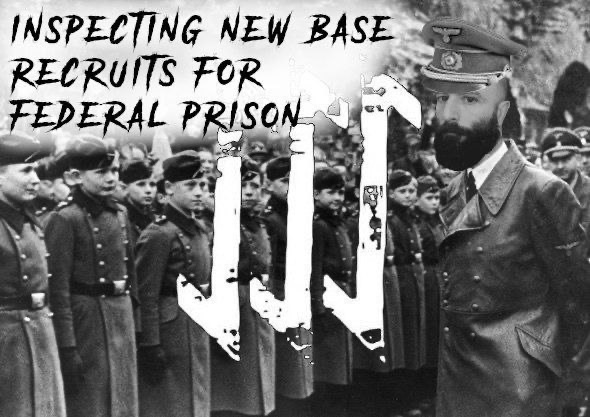One of the blades Nazzaro gave to cell leaders.
Summer 2018: Beginnings
A propaganda photo taken at their Pennsylvania training.

But the Base was able to put personal differences aside and gel quickly as their hatred for people of color (and Jews in particular) easily overpowered personal beefs. At Nazzaro's urging, according to sources, members organized themselves into compartmentalized cells based on location. During its peak, the Base was active in New England, Delaware, Texas, Georgia, Florida, Wisconsin, Maryland, and Michigan. Internationally, members and, in some cases, small cells could be found in the U.K., Australia, Canada, South Africa, and the Baltics. Cell leaders who were responsible for working with Nazzaro to plan meetups and train members in their “zone” were chosen.At times the group had close to 50 members active in the chat and in the several regional cells. It was clear the Base wasn’t pooling from the ordinary alt-right troll or even from the “Proud Boys,” a far-right national organization founded by VICE co-founder Gavin McIness (who parted ways with the company in 2008) that works as something of a modern-day collective of Brownshirts with ultranationalist politics, and which President Donald Trump recently gave a nod to during a debate with Joe Biden.Do you have information about the Base or other extremist groups? We’d love to hear from you. You can contact Mack Lamoureux and Ben Makuch securely on Wire at @benmakuch and @mlamoureux, or by email at mack.lamoureux@vice.com or ben.makuch@vice.com.
weapons and bomb making manuals shared in an early chatroom used by the Base.
Fall 2018: Purgatory
One of the belly buttons a member of the Base posted inside the chatroom after the VICE News article was released in November 2018.
Winter/Spring 2019: Brotherhood Of The Rope
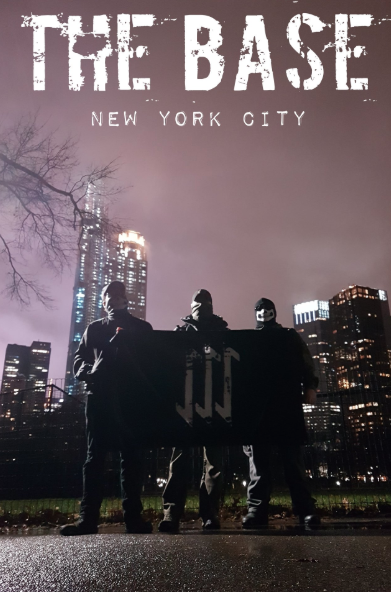
A member of the Base with personal Nazi and Confederate flags sometime in 2019.
A collage of training photos posted to Wire by Base members.
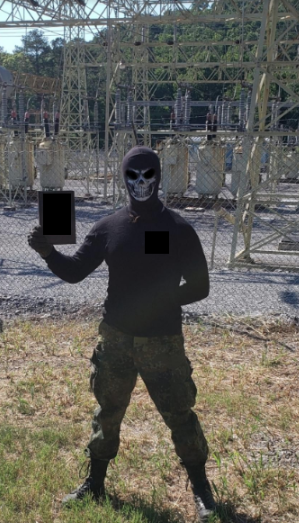

Summer 2019: The Accelerant
A photo posted by Viking21. He has never been identified.
Fall 2019: Acceleration
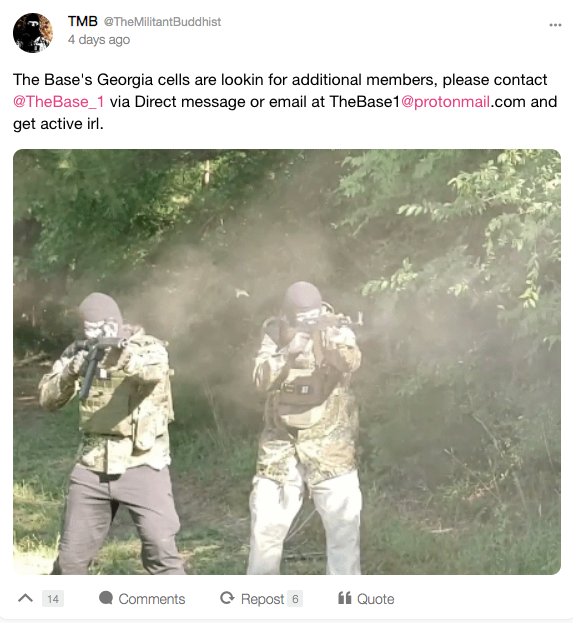
This was a widely dispersed propaganda photo taken from the paramilitary training in October 2019. Notice the beheaded ram in the middle.
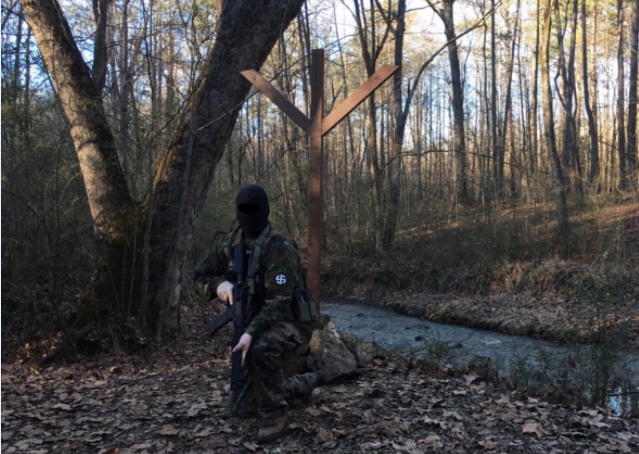
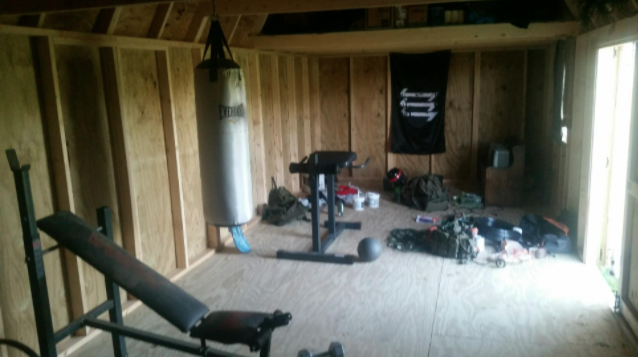
Winter 2020: The Crash
Members of the Base cut a pizza with a group blade in October 2019.
